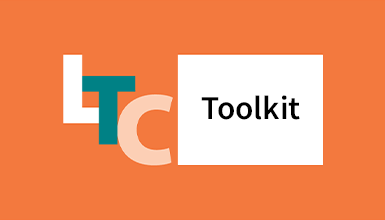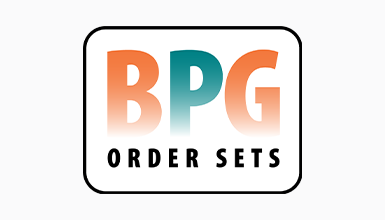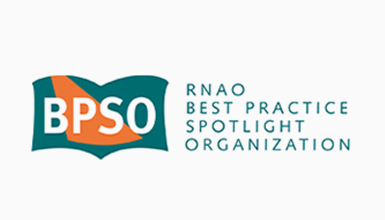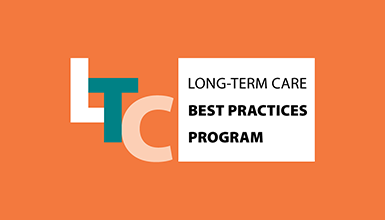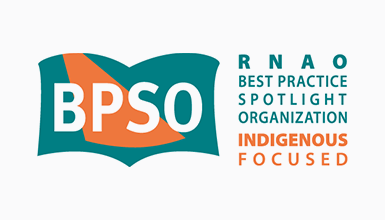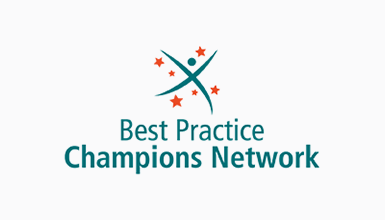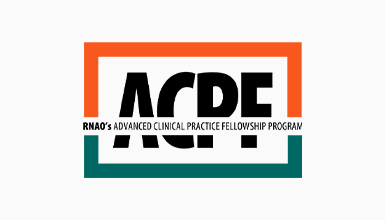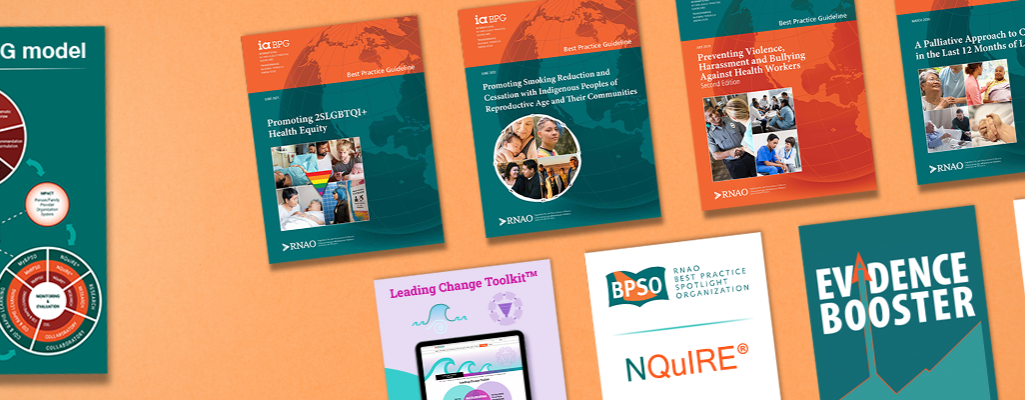
The Registered Nurses’ Association of Ontario (RNAO) is a world-renowned leader in guideline development, evidence-informed practice uptake, sustainability and evaluation. Funded by the Ontario government, RNAO develops evidence-based best practice guidelines (BPG), actively supports implementation of BPGs in all sectors and facilitates the evaluation of BPGs on client/person, organizational and health system outcomes.
FIND A BPG PROGRAM OVERVIEW VIDEO Program Brochure
Our purpose and impact
RNAO’s Best Practice Guidelines (BPG) Program and the Best Practice Spotlight Organization® (BPSO®) social movement was envisioned by CEO Dr. Doris Grinspun, who launched the BPG Program in 1999 to provide the best available evidence for patient care across all health sectors and settings. The more than 50 guidelines developed to date represent a substantial contribution towards building excellence in Ontario’s health system. The BPSO program supports service and academic institutions that have formally agreed to implement multiple RNAO BPGs over a three-year period, and evaluate their impact on patients, organizations and health systems. Launched in 2003, the BPSO designation has spread widely with more than 1,000 BPSOs in Ontario, Canada and internationally.
"It is our pleasure to share our expertise in developing a world-class, evidence-based practice program that has achieved exceptional results through the use of best practice guidelines, transforming the practice of nurses and enriching the lives of patients in Ontario, Canada and abroad."
-Doris Grinspun and Irmajean Bajnok
Three guiding pillars
The BPG Program includes three integrated pillars that together support positive outcomes for persons, families, health providers, organizations, and the health system.
The three pillars are:
- guideline development
- dissemination, implementation and sustainability
- monitoring and evaluation
Guideline development
Dissemination, implementation and sustainability
Monitoring and evaluation
Jump to: Guideline development | Dissemination, implementation and sustainability | Monitoring and evaluation
Guideline development
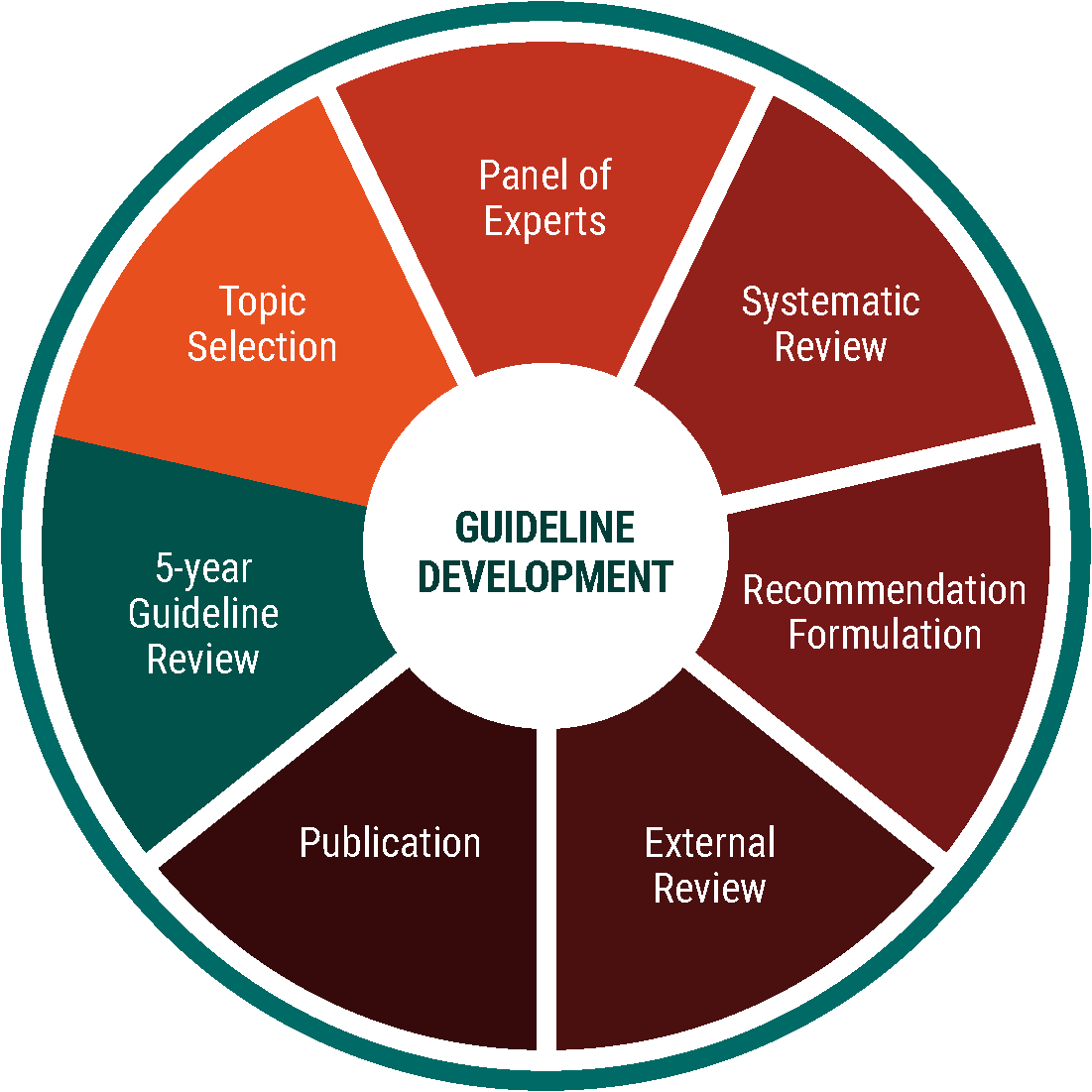
RNAO’s best practice guidelines (BPG) are systematically developed, evidence-based documents that include recommendations for nurses, interprofessional health teams, educators, leaders and policy-makers on how to improve outcomes for people and their support networks. We have adopted internationally-recognized methods and standards to ensure that our BPGs are rigorous and credible.
Help shape BPG development
Get started with implementation
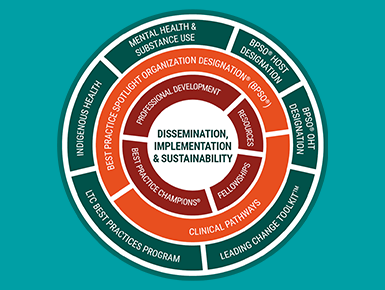
If you want to successfully implement RNAO best practice guidelines and sustain positive change, RNAO can help. We offer a full system of support for:
- individual health providers
- organizations
- those wanting to improve the health system
Resources to support implementation
Toolkits
Implementation strategies
Monitoring and Evaluation
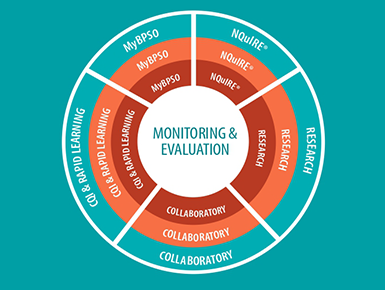
RNAO’s BPSOs monitor and evaluate the impact of BPG implementation using RNAO’s data systems – Nursing Quality Indicators for Reporting and Evaluation® (NQuIRE®) and MyBPSO. This enables BPSOs to make effective practice improvements by identifying areas for intervention to optimize clinical, organizational and health system outcomes. Reporting on both data systems will provide context on impacts related to practices, education, management and policy decisions, and health system research.
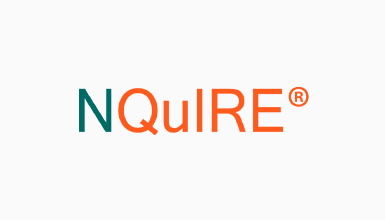
NQuIRE
Nursing Quality Indicators for Reporting and Evaluation® (NQuIRE®) is a unique international data system launched in 2012 and is housed in the International Affairs and Best Practice Guidelines Centre. The NQuIRE data system allows BPSOs to monitor and evaluate the impact of BPG implementation through human resource structure indicators and guideline-based, nursing-sensitive structure, process and outcome indicators.
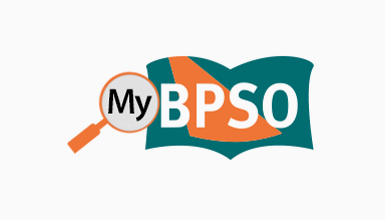
MyBPSO
MyBPSO is a reporting data system that collects contextual information from BPSOs to reflect their progress toward achieving BPSO deliverables related to capacity development, implementation, evaluation, dissemination and sustainability planning.
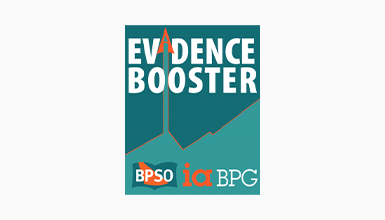
Impact of evidence
RNAO Evidence Boosters are two-page infographics that demonstrate the impact of evidence-based practice implementation using NQuIRE® data. They showcase BPSO success stories on implementation strategies, practice and policy changes, and outcomes.
Evidence boosters are also great ways to share implementation and evaluation success stories with executives, managers and front-line staff to showcase the effects of BPG implementation using NQuIRE® data.

